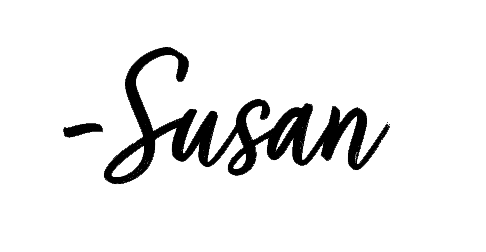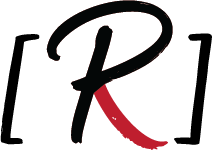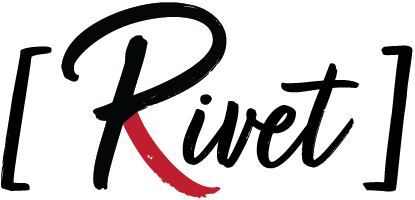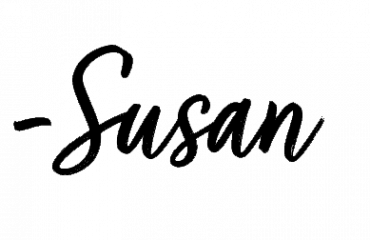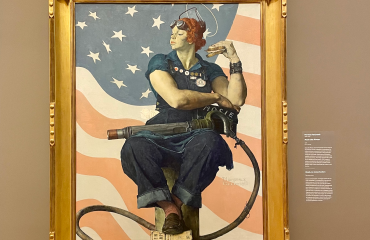As a freelancer, you never know what type of work will land on your plate each day. This week, I was taken aback by the number of personal statements I edited and proofread.
Because I recently worked on several personal statements, the concept of how to create powerful ones was top-of-mind. However, the more thought I put into it, I realized the advice I would give included many of the tools authors use to create their narratives.
So, read on to learn what tools authors use to create great personal statements.
What is a Personal Statement?
In my experience, a personal statement is an essay used in the application process for an advanced degree program. However, after more research, the term is also used to describe very short-form writing, such as in an opening statement of a resume or a LinkedIn profile.
A personal statement shows off your drive and what qualifies you to get into the institution’s program. However, it should primarily demonstrate that you have excellent communication skills and that the program would be honored to have you on board.
If you are interested in the shorter form of personal statements, I suggest creating a personal statement. You can always shorten it later to fit your purpose. I find that it is way harder to create amazing content in just a few sentences. A longer essay will give you more options you can pick and choose from to create a shorter description of yourself.
Walk Through the Writer’s Process
To start writing a stellar personal statement, go through the steps an author uses to write their stories. These steps usually include:
1. Create a List
Brainstorm all the attributes that make you unique and the things you want people to know about you on a professional level. List out your timely and relevant accomplishments, awards, degrees, certifications and technical skills. Don’t forget to include personal strengths such as leadership, communication and teamwork.
Then, move beyond the basics, and think of typical interview questions. Jot down your answers. Here are some examples:
- Was there a time you weren’t able to complete a project?
- Tell me about a time you demonstrated leadership?
- What is your favorite and least favorite thing about your current job?
- Why is yellow your favorite color? Someone asked me this question in an interview once because the interviewer wanted me to demonstrate I wasn’t afraid to say that yellow wasn’t my favorite color.
2. Form a Main Idea or Theme
After you have organized your thoughts, begin developing a theme. This central idea should pop out from the page. If you have spent the time writing an extensive brainstorm list, you will begin to notice one or two attributes that you keep repeating. Use these keywords to develop a theme.
Then, if you remember, back in grade school, create one main idea, possibly written down on a notecard, that will be the focal point of your personal statement.
3. Build an Outline
This is the step where I lose my audience. I know outlining is a drag on your time, but it is the gold of any writer’s process. Without an outline, your writing will not flow logically, and the reader will misread your intentions. Create a roadmap or strategy of what ideas you want to cover and where, and make sure these thoughts match the overall main idea or theme.
Again, this step takes time, but it is an essential part of the writer’s process.
4. Drafting
Now that you have organized your thoughts, start writing your essay. Write at least three drafts. Each draft should become shorter as you use less superfluous words and tighten your copy.
5. Proofread
Once you have a final draft, proofread the draft for spelling, grammar, punctuation and formatting errors. Triple check you have capitalized and spelled proper nouns correctly.
Know Your Audience
Great authors tailor their writing, language and story structure to the reader they know will buy their book. For example, an author of a children’s book will use informal language and ensure the words match the appropriate grade level.
If you are aiming your personal statement at an academic audience, make sure you do not use informal language. But, of course, it is okay to use “I” and “you,” which are often dinged by grammar-checking software as “informal.”
Use relevant examples that show off your skills and make sure they are academically focused. For example, it is undoubtedly a challenge to keep a smile on your face while wearing a not-so-pretty bridesmaid’s dress in your friend’s wedding, but this example has nothing to do with your future academic pursuits.
Use Action Verbs
Action verbs are essential to personal statements and resumes. Authors try to eliminate passive voice and use active voice to keep readers interested, and so should you.
Action verbs are your opportunity to set yourself apart from the crowd of applicants. Unique action verbs are eye-catchers. These words pop off the page and keep your reader interested in reading more about you. Here are some great examples of interesting action verbs suitable for a personal statement:
- Advocate
- Bolster
- Compel
- Deploy
- Drive
- Endorse
- Express
- Foster
- Galvanize
- Harness
- Pitch
- Qualify
- Seize
- Sustain
Get Creative
Writers are creative beings and create exciting stories to keep readers engaged. So, to add personality and help you stand out as an extraordinary candidate, try sprinkling in a few creativity tools when relevant and appropriate. Some tools to try are:
- Figurative language, such as an analogy, metaphor or simile
- An interesting lead-in sentence or teaser at the beginning of your statement that ties into the conclusion
- Create rhythm, such as arranging different-length sentences together in a melodic way. Or try the “Rule of Three,” which is putting three words as separate sentences together. For example, “Relevant. Focused. Driven.” You can also put these in a serial fashion, “I am relevant, focused and driven.”
- Don’t just tell a reader about your skills, education and experience; show them. This technique is usually employed by authors when they are trying to describe a scene in vivid detail. However, in a personal statement, relevant real-world examples can be an opportunity to add color to your list of experiences and achievements.
*Proceed with caution when using creative language techniques. When you employ these tools, use them sparingly and keep the message relevant, meaningful and audience appropriate.*
Don’t Forget the Basics
Authors do not just write a story and move straight to publication. Instead, they make sure the story is formatted like a book, with page numbers, table of contents, etc.
Along with proper formatting, a crucial step in creating personal statements is to answer the questions and follow the university or institution’s guidelines. Some programs have specific questions you must answer in the personal statement. Once finished, check if you have followed the formatting and word count rules, and answer any required questions.
Another essential check is to address the audience. Make sure to include the name of the person or institution, and the name is spelled and capitalized correctly. Put in at least one compliment to the program to which you are applying. Additionally, clearly state why you are interested in the program.
The Most Important Step
The one thing that can go wrong with a personal statement is missing spelling, punctuation and grammar errors. It is the one essential step authors must do before publication, and you have to do this too before submitting your personal statement.
Your personal statement should be professionally proofread. I believe personal statements are the most important work you will ever write. I also find writers make the silliest errors in personal statements because they have spent too much time and effort combing over the minutia and missed the most important details.
For example, I recently found the word “university” was spelled “univeristy” throughout a personal statement I was proofing. Otherwise, the writer was highly articulate. This one small miss would have been devastating to the person, and the university would have missed out on an excellent, qualified candidate.
Spend time and money to get an expert to proofread your personal statement. It is a small investment for your future. If you are interested in improving your personal statement or would like examples of my editing work, please reach out to me for more details.
